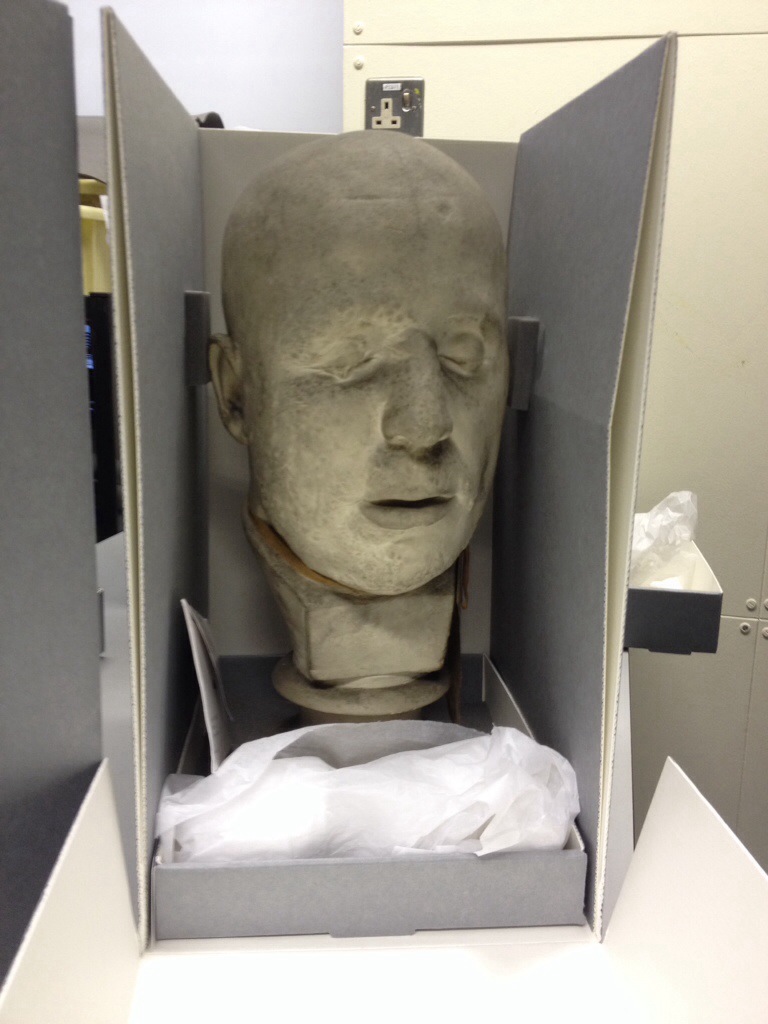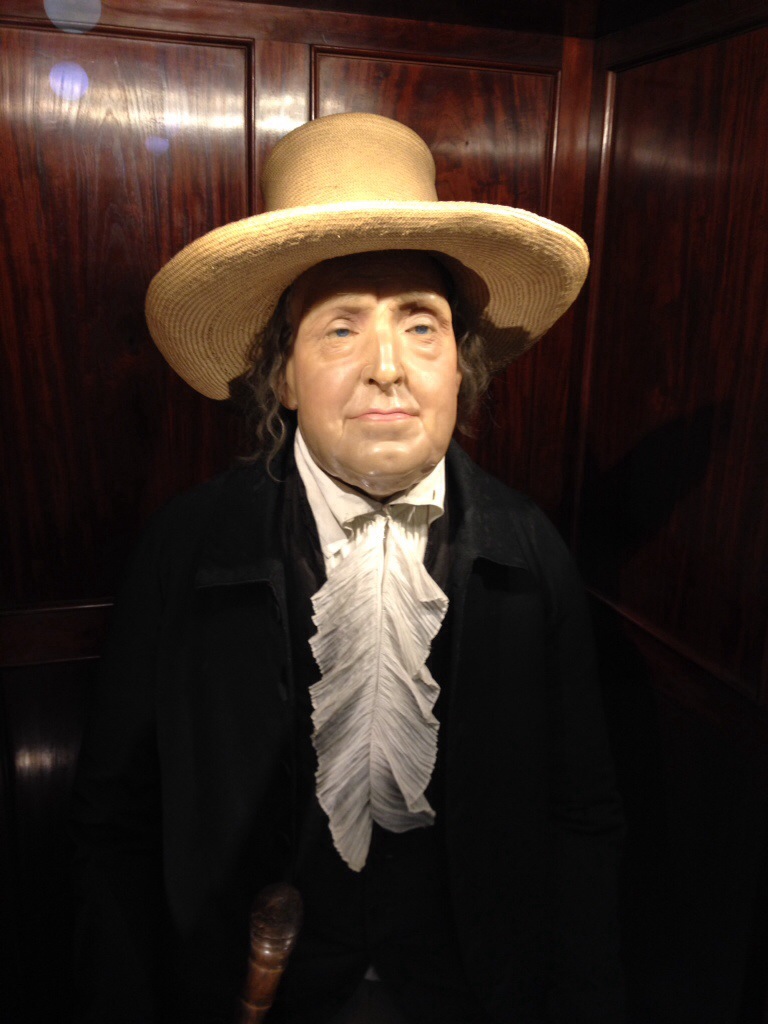Thanks to our Guest Blogger Richard Kelly (Volunteer at the Cole Museum of Zoology and student on our Curatorship and Collections Management Module) talking about his experience at Museums Association’s ‘Moving on Up’ career development conference earlier this term.
The Museum Association’s conference for the young, up and coming professionals of the heritage sector was held at the Museum of Science and Industry (MOSI) in Manchester. It was primarily meant as a networking event where professionals in the first five years of their career could mingle with each other as well as some more experienced professionals. The feeling of the day was extremely positive and everyone seemed to be having lots of fun with the various activities and talks that were held. Towards the end of the day it was obvious that everyone was in high spirits and that even the more experienced amongst us had learnt a lot. The closing speech by David Anderson, the president of the Museums Association heralded the day as a massive success and stated that he would be going back to the National Museum of Wales which he directs and will be seeing what changes he can make after the revelations of the day.
The day began with a key notes speech on leadership by Richard Wilson, an empowering talk where young professionals were encouraged to be the ‘anti-hero’ and to take control of their lives and their careers. Three provocations on the essence of a radical workforce were particularly inspiring and looked forward to the next generation asking them to make the changes necessary to keep the heritage sector relevant in the modern world. The Ministry of Curiosity was also in attendance and gave a talk on how they had set up an independent museums blog for London (@curiositytweet). The blog discusses behind the scenes gossip of the museum circuit in London and tells its readers interesting titbits that might not usually be heard. They are careful to mention that they have a strict code of ethics when it comes to posts and will not post anything that puts the security or safety of museum workers or collections in danger.
Workshops included discussions on how to make a career in the heritage sector including specific hurdles that must be addressed. Also a discussion on how to plan for the future by making a career timeline was led by Tamsin Russel from National Museums Scotland. One of the most useful workshops looked at how to prepare the perfect pitch. Hillary McGowan a professional advisor to the heritage sector explained her method for making a professional pitch with the premise of meeting someone you want to give you a job in the lift and having 30 seconds to get yourself across to them. Others speakers were Tom Andrews from People’s United who spoke about the importance of being kind in the professional world and how to temper dreams with reality to make sure you get the most out of your career. Liz Hide from University Museums Cambridge spoke about leading when you’re not in charge and discussions followed on how to lead and how you would like to be led.
One of the big issues that came up during question time was the importance of qualifications in the heritage sector and whether those without them would hit a ‘glass ceiling’. The debate got rather heated with supporters on both sides of the argument. Personally I can see the benefit of qualifications and agree that some positions probably will require specialist qualifications, especially in the science heritage sector and research positions. That is not to disregard the benefits of staff with a wide range of non-academic skills but employers should also be careful not to disregard the hard work put into getting qualifications. There were several comments from senior professionals regarding the privileged upbringing that must accompany higher qualifications. Personally I find this quite insulting, having grown up in a small town in Lancashire and having to work for everything I’ve achieved to this day the notion that employers could see my efforts as merely a sign of privilege is worrying to say the least.
All in all the experience was truly amazing and the things I learnt about the heritage sector and about taking control of my career will definitely come in handy in the years to come. As will the connections I made with the many cool and friendly people I met. The next big event for the Museums Association is the annual conference held this year in Cardiff in October. I am looking forward to attending and hopefully seeing some of my new friends again.
Richi (@Worldwide_Richi)







